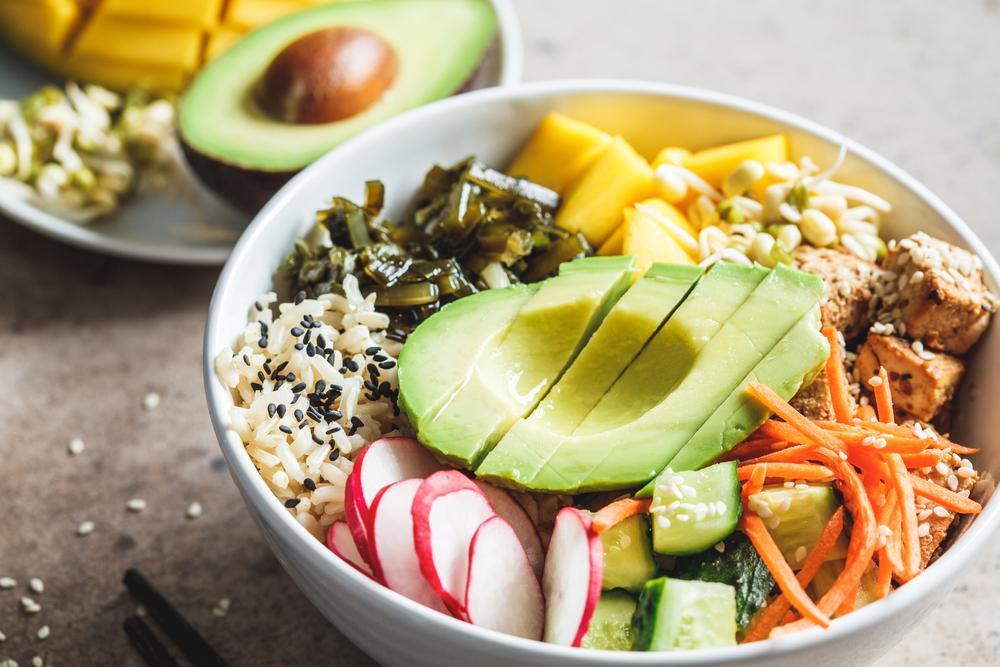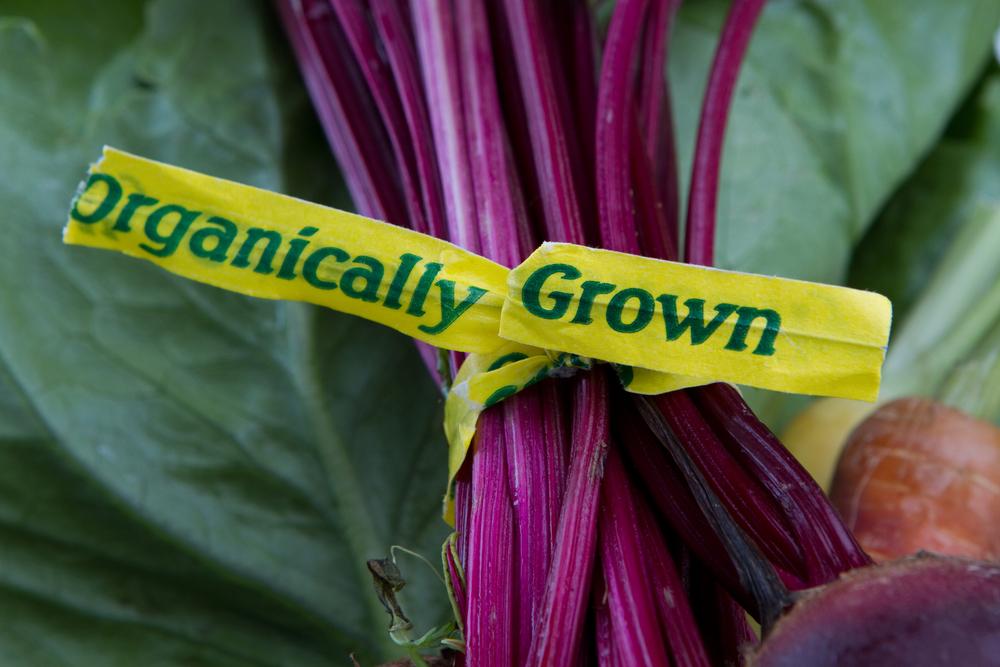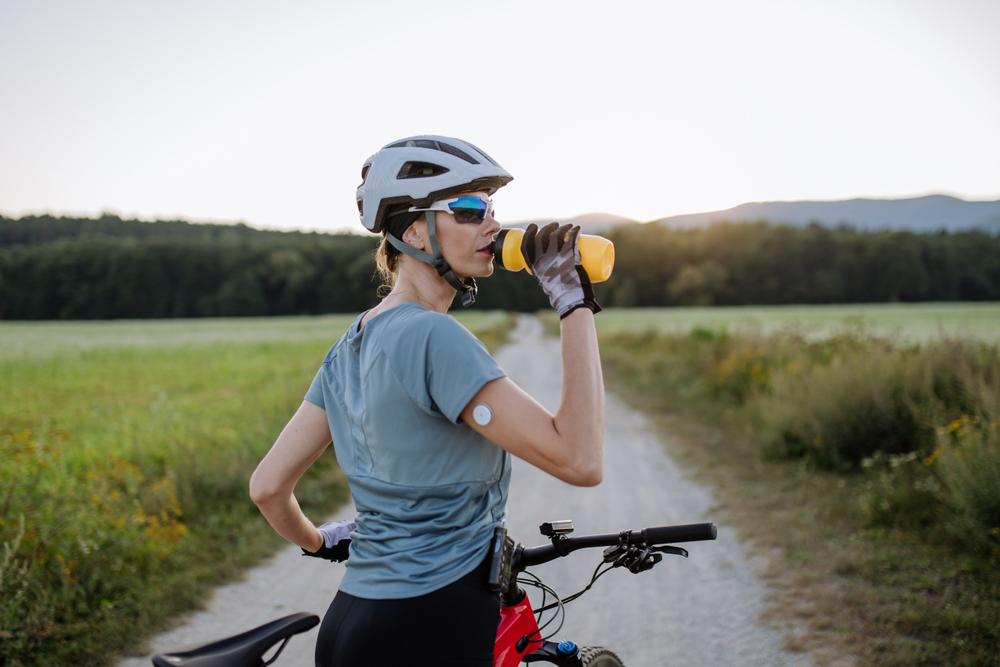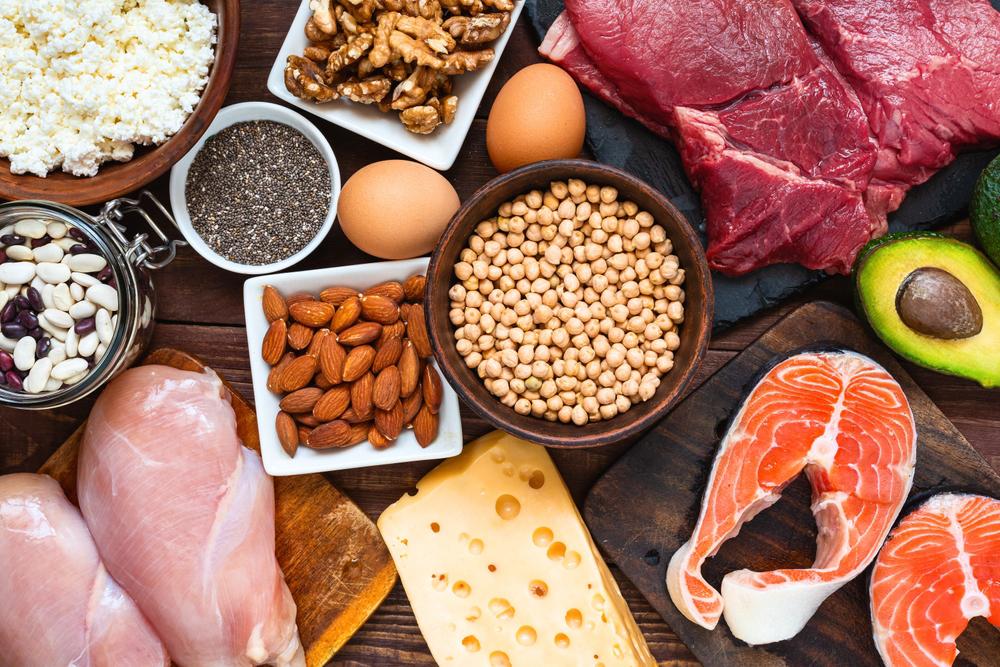 Content Warning: This article contains mentions of eating disorders.
Content Warning: This article contains mentions of eating disorders.
Being a plant-based athlete can be complicated, but it’s a choice that many athletes have made. If you’re considering switching to a plant-based, vegetarian, vegan, or flexitarian diet, there are a few things to consider, especially if your goal is peak athletic performance.
“A plant-based diet is not inherently better or worse for health or athletic performance. It all comes down to how you’re doing it, what foods you’re actually choosing, and what the dietary quality looks like,” says TrueSport Expert Stephanie Miezin, MS, RD, CSSD, the Director of Nutrition for the NWSL team, KC Current. Here, she’s sharing the pros and cons of a plant-based diet, and how you can make one work as an athlete. And don’t forget to visit the TrueSport Nutrition Guide for more fueling guidance!
What does plant-based mean?
Plant-based and vegan diets are essentially the same thing: A diet that eliminates animal products and byproducts, focusing on foods that come from plants instead. People who consider themselves vegan are often driven primarily by ethical concerns for animals and will 100 percent eliminate those animal products.
However, plant-based diets can have some nuance, says Miezin. “There is no precise, agreed-upon definition of plant-based,” says Miezin. “Typically, the way that it’s used now is just as a different way to say vegan. But it can be less restrictive because to be plant-based is simply saying that the foundation of your diet is plants.”
Unlike veganism, which has a rigid definition, some people who consider themselves plant-based will consume small amounts of meat or the occasional meat product. This approach is often called ‘flexitarian.’ You can also elect to be plant-based but still include animal byproducts like dairy, eggs, and honey. As long as your diet is primarily made up of foods from plants, you can consider your approach plant-based.
Pros of a plant-based diet for athletes
- It’s easier than ever to have a plant-based diet that still meets your nutrient needs as an athlete, thanks to the popularity of plant-based foods that contain necessary nutrients like protein. Many restaurants now offer plant-based options on their menus.
- If done thoughtfully, it can be a very nutrient-dense diet. “If you’re eating a lot of vegetables and whole grains along with simple protein options like tofu, nuts, and seeds, it can be very healthy,” says Miezin. “If you’re eating more plants than a typical American diet tends to include, inherently, you’re going to be getting more fiber, minerals, vitamins, phytochemicals, antioxidants, and prebiotics.”
- Many types of sport fuel are vegan, so fueling workouts themselves isn’t an issue. You may struggle to balance your nutrient needs outside of sport, but plant-based athletes often don’t have issues fueling with sports drinks, gels, fruits, granola bars, and other simple carbohydrates.
Cons of a plant-based diet for athletes
- Plant-based diets are restrictive by nature, says Miezin. If you have a history of disordered eating or eating disorders, avoiding all animal products and byproducts can be another way of having a restrictive diet.
- You need to pay more attention to food labels to make sure your choices are plant-based, and also to make sure that you’re getting enough protein in your diet. Protein, iron, omega-3 fatty acids, and vitamin D in particular can be difficult to get for plant-based athletes, though Miezin notes that plant-based protein options have become more and more accessible. (If you’re concerned about your iron or vitamin D levels, ask your doctor to check them.)
- It may not be easy to always find plant-based options. While they are becoming more popular, Miezin notes that if you’re on a team that travels frequently or you’re not always in full control of your meal options, it can be difficult to eat enough.
- Plant-based and vegan products have a ‘health halo,’ where they’re assumed to be healthy just because they are vegan. But unfortunately, plant-based diets can end up being low in micronutrients, especially if you tend to eat more plant-based frozen and fast-food options. “Just because something is vegan, we can’t assume that means it is automatically a ‘healthier’ choice,” says Miezin.
- You’ll need to find the right balance in choosing plant-based foods. Just like in an omnivorous diet, there are plenty of more and less-nutrient rich options to choose from. For example, ultra-processed plant-based foods tend to be less nutrient-dense, but a diet that avoids them entirely and focuses only on whole foods can end up putting you in a caloric deficit, especially if you’re training and competing at a high volume, says Miezin. Researchers have found that runners eating a vegan diet failed to meet their caloric needs at a higher percentage than those who were eating more standard diets. This may be because plant-based foods tend to be high in fiber, which can make you feel full faster and not get enough overall calories.
How to make it work
- “First of all, we need to ask: ‘Are we getting enough overall calories coming in? Are we getting enough carbohydrates coming in?’ Both of those questions can be largely answered with plant-based foods,” says Miezin. “Those are the most important questions an athlete needs to focus on, first and foremost. Then, we need to check on protein and fats to make sure there are enough of those, as well as micronutrients like iron and vitamin D.”
 Plants are health-promoting—but that means focusing on whole food, usually minimally processed plant-based foods as the foundation of the diet. “In general, higher plant consumption is associated with better health outcomes in the long term,” says Miezin. “If we’re eating more plants, we’re likely to have better muscle recovery after training and better immune function.” A bowl with rice, black beans, tofu, tomato, onion, avocado, cilantro, and spinach topped with a squeeze of lime is going to be a great source of many key nutrients.
Plants are health-promoting—but that means focusing on whole food, usually minimally processed plant-based foods as the foundation of the diet. “In general, higher plant consumption is associated with better health outcomes in the long term,” says Miezin. “If we’re eating more plants, we’re likely to have better muscle recovery after training and better immune function.” A bowl with rice, black beans, tofu, tomato, onion, avocado, cilantro, and spinach topped with a squeeze of lime is going to be a great source of many key nutrients.- Remember that your diet shouldn’t be about the label, especially if your goal is to be healthy and you are eating plant-based for that reason versus ethical reasons. “It’s always going to come back to the actual nutritional quality of your overall diet,” says Miezin. “For example, Greek yogurt is considered healthful as it is rich in protein and calcium but isn’t plant-based. Coconut oil is plant-based, but very high in saturated fat. Being plant-based or not doesn’t mean a food is a better or worse choice. We need to consider the nutrition each food provides and how that fits into overall dietary needs.”
- Do your research. Have a list of easy plant-based meals that are available in different chain and fast-food restaurants, as well as good snacks that are typically available at gas stations and convenience stores. If you’re going to be staying at a hotel for a tournament and eating at their breakfast buffet, phone ahead to see what the plant-based options are, so you know if you need to pack extra food.
- Always have snacks on hand. Since plant-based options can be hard to find in some places, it’s a good idea to have a granola bar, bag of trail mix, fruit or other plant-based snack you like with you at all times.
- Relax the rules if necessary. Remember, there is no one definition of a plant-based diet, and allowing some latitude will help you avoid overly restrictive eating patterns. If you do find yourself more focused on what you can’t eat, or if you have a history of disordered eating or eating disorders, you may want to work with a registered dietitian who has a sports nutrition background and can help you develop a plan to fuel appropriately, says Miezin.
_________________________
Takeaway
A plant-based diet can work for athletes, but to get the vitamins, minerals, proteins, carbohydrates, and fats that you need to fuel your training and your recovery, you’re going to need to regularly assess your diet to make sure you are getting all the nutrients you need. You should also regularly reflect on your ‘why’ when it comes to your choice to eat plant-based and make sure that you’re not using it as a way to restrict your food intake.



